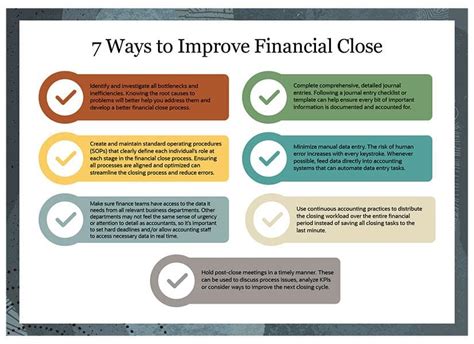How to Avoid Problems When Closing Your AUM Account
Closing an AUM (Assets Under Management) account might seem straightforward, but overlooking crucial steps can lead to unexpected complications. This comprehensive guide outlines the process and highlights potential pitfalls to ensure a smooth and problem-free closure. Understanding the intricacies involved will save you time, money, and potential headaches down the line.
What is an AUM Account and Why Might You Close It?
Before delving into the closure process, let's clarify what an AUM account is. An AUM account represents the total market value of all the assets a financial institution manages on behalf of its clients. This includes investments like stocks, bonds, mutual funds, and other financial instruments. You might decide to close your AUM account for various reasons:
- Switching to a different financial advisor: Seeking a better fit or more specialized services.
- Consolidating investments: Simplifying your portfolio by merging accounts.
- Changing investment strategies: Adopting a different approach to managing your finances.
- Liquidating assets: Selling off investments to access funds.
1. Understanding Your Account Agreement
Before initiating the closure, meticulously review your account agreement. This document outlines the terms and conditions, including procedures for account closure, potential fees, and any stipulations regarding withdrawals or asset transfer. Understanding these details beforehand prevents surprises and ensures compliance.
2. Providing Formal Notice:
Most financial institutions require formal notification of your intent to close the account. This is typically done in writing, either through a letter or an online form. Retain a copy of your notification for your records. Be explicit about your desired closure date and confirm the method for receiving any remaining funds.
3. What Happens to My Investments?
This depends on the nature of your investments. You'll need to determine how you want to handle your assets:
- Withdrawal of Funds: If you wish to withdraw your funds, the institution will liquidate your investments and transfer the proceeds to your designated account. Be aware of potential fees associated with early withdrawals or liquidation.
- Transfer to Another Institution: If you're transferring your investments to another financial institution, ensure you have all the necessary documentation and instructions for a seamless transfer. Coordinate with both institutions to avoid delays or errors.
4. Tax Implications:
Closing an AUM account can have tax implications, particularly if you are realizing capital gains or losses. Consult with a tax professional to understand the tax implications specific to your situation and plan accordingly. They can help you minimize your tax liability and ensure compliance with tax regulations.
5. Verifying Account Closure:
Once the process is complete, request written confirmation from the financial institution that your account has been officially closed. This document serves as proof of closure and protects you from potential future liabilities. This confirmation should specify the date of closure and confirm that all assets have been properly handled.
What are the potential problems I could face when closing my AUM account?
- Hidden Fees: Some institutions might have hidden fees associated with account closure or early withdrawals. Thoroughly review the agreement to understand all applicable fees.
- Delayed Processing: The closure process can take time, depending on the complexity of your portfolio and the institution's procedures. Allow ample time for processing to avoid delays.
- Transfer Errors: During asset transfers, errors can occur. Careful coordination and verification with both institutions are crucial to prevent mistakes.
- Tax Penalties: Improperly handling tax implications can lead to penalties. Consult with a tax professional to understand and minimize your tax liability.
How long does it take to close an AUM account?
The time it takes to close an AUM account varies depending on several factors. These include the complexity of your portfolio, the institution's processing time, and any outstanding issues or documentation requirements. While some accounts might close within a few weeks, others could take longer. It is essential to allow sufficient time for the process to complete without rushing the closure.
What documents do I need to close my AUM account?
The specific documents needed to close an AUM account will differ from institution to institution. However, you'll likely need some form of identification, account details, and potentially authorization from joint account holders. Check with your financial institution for a specific list of required documents.
By following these steps and being aware of the potential pitfalls, you can significantly reduce the risk of encountering problems when closing your AUM account. Remember that proactive planning, meticulous documentation, and clear communication with your financial institution are key to a smooth and successful account closure.

